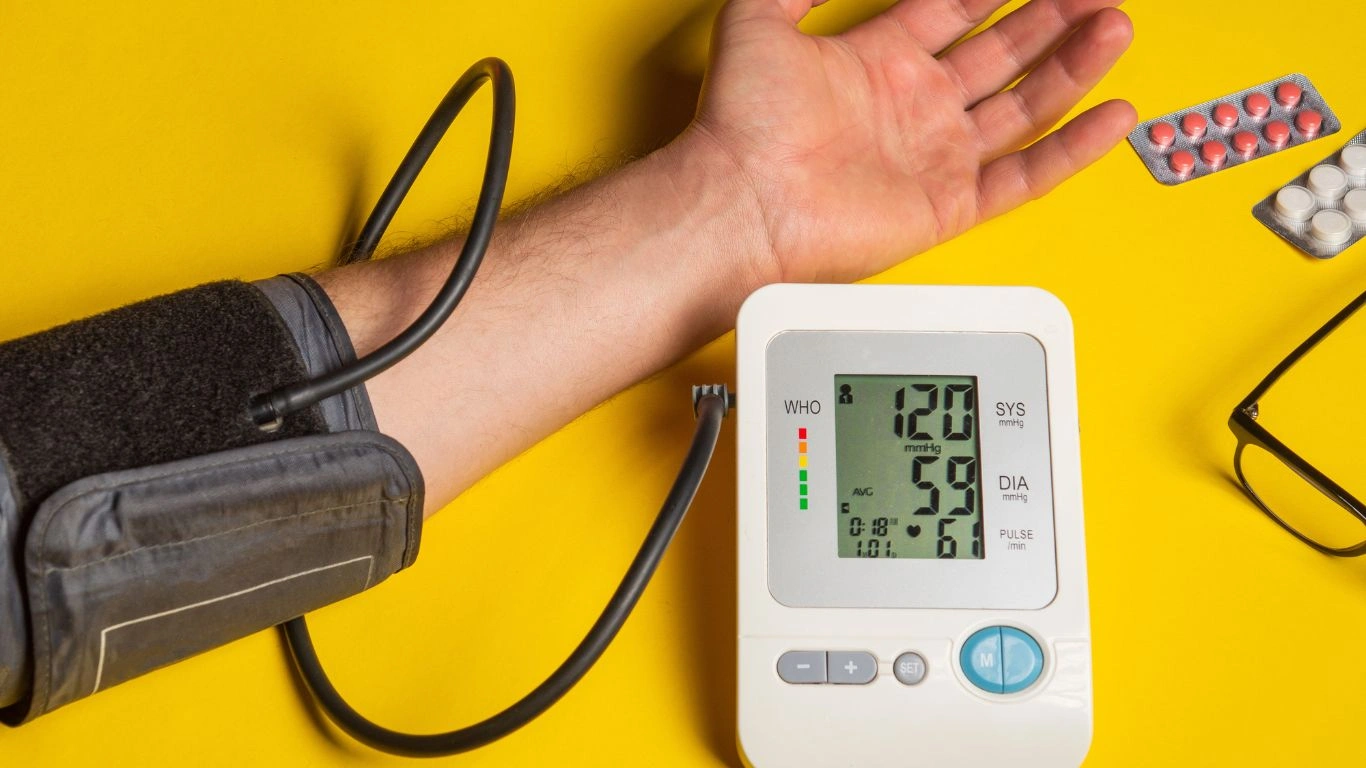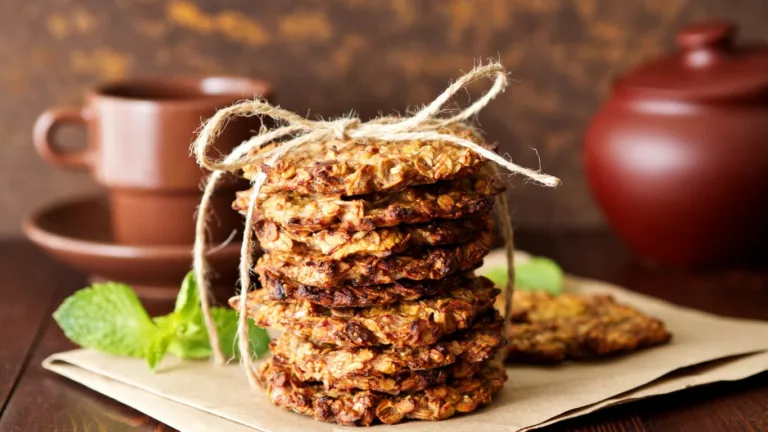Delicious Blood Pressure-Friendly Slow Cooker Meals to Boost Heart Health
Let’s be real—between managing rounds, patient charts, and trying to squeeze in a coffee break, cooking a healthy dinner can feel like an Olympic sport. As someone who spends her days helping patients manage hypertension, I get a lot of questions like, “Doc, what can I eat that won’t send my blood pressure through the roof?” That’s exactly why I’m obsessed with blood pressure-friendly slow cooker meals. These meals are not only easy to prep (hello, dump-and-go!), but they also align beautifully with the DASH principles we often talk about in the exam room.
Why Slow Cookers Are a Hypertensive Patient’s Best Friend

Here’s the deal: slow cookers are underrated heroes. They let flavors develop naturally without needing a ton of salt, and they’re perfect for building nutrient-dense, low-sodium meals without hovering over a stove for hours. When I come home from a long shift, knowing I’ve got a meal already bubbling away is a lifesaver—especially when I want to keep my own numbers in check.
The DASH Diet Meets the Crockpot
If you’re new to the Dietary Approaches to Stop Hypertension (DASH), don’t worry—I’m not talking about bland salads and steamed fish forever. The DASH approach encourages:
- Plenty of fruits and veggies
- Low-fat dairy
- Lean protein sources
- Whole grains
- Minimal sodium and processed foods
Sounds doable, right? And here’s the kicker—it’s totally slow cooker friendly. You’d be surprised how many soul-warming comfort dishes can be tweaked to fit these guidelines.
Building a Blood Pressure-Friendly Slow Cooker Meal

There’s a rhythm to building these meals that I’ve learned from both the clinic and my own kitchen. Think of it like writing a prescription—every part serves a purpose:
- Start with fiber-rich base ingredients – Think beans, lentils, or quinoa. These slow-cook like a dream and offer heart-healthy fiber that helps regulate blood pressure.
- Add lean protein – Skinless chicken thighs, turkey breast, or even tofu hold up well over long cook times.
- Load up on veggies – Carrots, zucchini, bell peppers, and spinach all work well and pack a potassium punch (great for counterbalancing sodium).
- Skip the salt, boost the flavor – Here’s where fresh herbs, garlic, citrus, and spice blends really shine. I often reach for smoked paprika or cumin for a flavor bomb without the salt overload.
- Watch the liquids – Use low-sodium broths or even unsalted tomato puree. It adds richness without sneaky sodium spikes.
One of my go-to tricks? Toss in a splash of apple cider vinegar or lemon juice toward the end. It brightens the whole dish and tricks your tastebuds into thinking there’s more salt than there really is.
Common Pitfalls to Avoid in Slow Cooker Hypertension Meals

I’ve had patients (and okay, me too) make some rookie mistakes when diving into slow cooking with health in mind. Let’s nip those in the bud:
- Too much sodium – Even one “shortcut” canned soup or sauce can derail a whole meal. Always double-check those labels for sodium content. Aim for under 140mg per serving when possible.
- Overcooking veggies – Some veggies turn mushy if thrown in too early. For things like spinach or zucchini, add them in the last hour of cooking.
- Skipping healthy fats – A drizzle of olive oil at the end adds richness and helps with nutrient absorption. Just go easy—fat is good, but portion control still matters.
- Not enough protein – A good balance keeps you full and maintains muscle mass, which matters especially as we age.
And remember, portion sizes matter just as much as ingredients. It’s easy to think “Oh, this is healthy so I can eat as much as I want,” but part of managing hypertension is being mindful of how much we’re consuming, not just what.
Flavor-Packed Seasoning Ideas That Skip the Salt

Let’s talk seasoning—because no one wants to eat bland food, especially when trying to stick to blood pressure-friendly slow cooker meals. Over the years, I’ve found that flavor doesn’t have to come from sodium. In fact, your spice rack can be your best friend if you know what to reach for. I always tell my patients: cook like you mean it, just do it smart.
Here are a few combos that I use regularly in my kitchen and recommend to patients who are working on heart-healthy eating:
- Smoky & Savory: Smoked paprika, garlic powder, cumin, and a tiny pinch of cayenne. Perfect for bean-based stews or turkey chili.
- Italian-Inspired: Dried oregano, basil, rosemary, and crushed red pepper flakes. I love this in tomato-based veggie dishes.
- Citrus & Herb: Lemon zest, thyme, parsley, and a splash of vinegar. This combo brings brightness to chicken or white bean soups.
- Warming & Aromatic: Turmeric, ginger, cinnamon, and cardamom—especially in lentil dishes. (Side note: turmeric may even offer anti-inflammatory perks!)
One of my little kitchen hacks? Toast your spices in a dry skillet before adding them to the slow cooker. It only takes a minute, but the depth of flavor it adds is next level. Patients often tell me they never thought “healthy” could taste so rich until they tried this trick.
Easy Meal Prep Tips for Busy Weeks

If there’s one thing I’ve learned balancing hospital life with home life, it’s this: prepping ahead saves you from making panicked (and usually salty) dinner decisions. Trust me, I’ve been there—standing in front of the fridge at 9 PM after a double shift with zero energy to cook.
Here are some real-life-tested tips I use to stay on track with slow cooker meals that are easy on the blood pressure:
- Pre-chop your veggies – Spend 20 minutes on Sunday slicing carrots, onions, celery, and bell peppers. Store them in containers so you can toss them in during the week without fuss.
- Double your batch – If I’m slow-cooking, I’m cooking big. Extra servings freeze beautifully. I just label freezer bags with the date and meal name so I’m not playing mystery dinner roulette later.
- Use liners or spray – Makes clean-up so much easier, and you’ll be more motivated to use your slow cooker if you’re not scrubbing it for 30 minutes after.
- Mix and match grains – I’ll prep brown rice, quinoa, or barley on the side so I can switch up how I serve each dish through the week. Helps avoid meal fatigue.
And hey, don’t beat yourself up if you end up ordering takeout once in a while. The goal isn’t perfection—it’s progress. One good choice at a time really adds up.
Patient-Approved Slow Cooker Recipes Worth Repeating

Over the years, I’ve started sharing recipes with my patients—things I actually make in my own kitchen. The feedback? Let’s just say several folks have told me they finally got their spouses on board with low-sodium meals after trying these. Win!
Here are a few favorites that check all the boxes for heart health, flavor, and that “mmm” factor:
- Hearty Lentil and Sweet Potato Stew – A fiber-packed meal with garlic, ginger, turmeric, and coconut milk. Creamy, filling, and totally comforting.
- Chicken, Kale, and White Bean Soup – Light but satisfying. I toss in lemon and rosemary to punch up the flavor without extra salt.
- Moroccan-Inspired Chickpea Tagine – Loaded with warm spices like cinnamon, cumin, and paprika. Serve it over brown rice or couscous for a full meal.
- Turkey and Veggie Chili – I use tons of colorful bell peppers, black beans, and no-salt-added tomatoes. It tastes even better the next day.
When I check in on patients and hear, “Hey Doc, I made that lentil thing you shared, and my BP’s looking better,” it really drives home how much power our forks have. Food is medicine, and it doesn’t have to be boring medicine either.
And if you’re just getting started, start small. Maybe it’s just one slow cooker meal a week. That alone can take a load off your weeknight stress and your cardiovascular system.
Incorporating Lifestyle Changes Beyond Slow Cooker Meals

Alright, so you’ve got your blood pressure-friendly slow cooker meals down. That’s fantastic! But here’s the thing: managing hypertension isn’t just about what’s on your plate. Over the years, I’ve seen that combining smart eating with simple lifestyle tweaks makes a huge difference—not only in blood pressure readings but also in overall wellbeing.
Here are a few practical, doctor-approved habits I often recommend alongside dietary changes, and that I personally try to stick with whenever possible:
- Move your body daily: It doesn’t have to be a marathon or fancy gym session. Even a 20-30 minute walk can help lower blood pressure by improving heart health and reducing stress.
- Manage stress: Chronic stress can sabotage all your good efforts. I encourage mindfulness practices like meditation, deep breathing, or even just a few quiet minutes with a good book.
- Limit alcohol and caffeine: Both can raise blood pressure in some people. I’m not saying you have to give them up entirely, but moderation is key.
- Prioritize sleep: Good sleep hygiene helps regulate your nervous system and hormones that influence blood pressure. Aim for 7-9 hours per night if you can.
When patients tell me they’re combining these lifestyle habits with heart-smart meals, their progress usually accelerates. It’s about creating a sustainable, enjoyable routine—not a punishment.
Why Blood Pressure-Friendly Slow Cooker Meals Work for Real People

Here’s the honest truth I share with patients all the time: managing blood pressure feels overwhelming at first. I’ve been there myself, juggling clinical work and trying to keep my own health in check. What makes slow cooker meals so effective is that they lower the barrier to cooking healthy food.
Instead of spending time chopping, prepping, and stressing, you just set it and forget it. Plus, the flavors deepen, and the meals get better over time as ingredients meld together. That means you’re more likely to stick with it, and consistency is what really moves the needle on hypertension.
From a clinical standpoint, I can’t overstate how impactful lowering sodium and boosting potassium-rich foods can be. It helps relax blood vessels and reduces the workload on your heart. That’s why recipes rich in legumes, fresh veggies, and herbs are staples I always suggest.
One last note: these meals aren’t only for those with hypertension. They’re nourishing for anyone wanting to eat cleaner and feel better. I often see families join in when one member starts cooking this way—it’s a ripple effect of health.
Helpful Resources and Where to Learn More
For anyone curious about diving deeper into managing blood pressure through diet and lifestyle, I highly recommend these trusted organizations. They offer a wealth of research-backed information and practical tips:
- American Heart Association – Comprehensive guides on heart-healthy living and hypertension management.
- National Heart, Lung, and Blood Institute – Research-driven insights and DASH diet resources.
- Centers for Disease Control and Prevention (CDC) – Public health information on blood pressure trends and prevention.
- American Gastroenterological Association – Useful if you want to understand more about nutrition and digestive health.
Disclaimer
As an Internal Medicine Physician with expertise in hypertension, I share these tips and recipes based on clinical evidence and my own experience. However, every individual’s health situation is unique. It’s important to consult with your healthcare provider before making significant changes to your diet or lifestyle, especially if you’re managing chronic conditions or taking medications.
Remember, no single meal or strategy replaces comprehensive care. Slow cooker meals can be a valuable part of your approach, but they work best as part of an overall plan tailored to your needs.

Dr. Gwenna Aazee is a board-certified Internal Medicine Physician with a special focus on hypertension management, chronic disease prevention, and patient education. With years of experience in both clinical practice and medical writing, she’s passionate about turning evidence-based medicine into accessible, actionable advice. Through her work at Healthusias.com, Dr. Aazee empowers readers to take charge of their health with confidence and clarity. Off the clock, she enjoys deep dives into nutrition research, long walks with her rescue pup, and simplifying medical jargon one article at a time.






